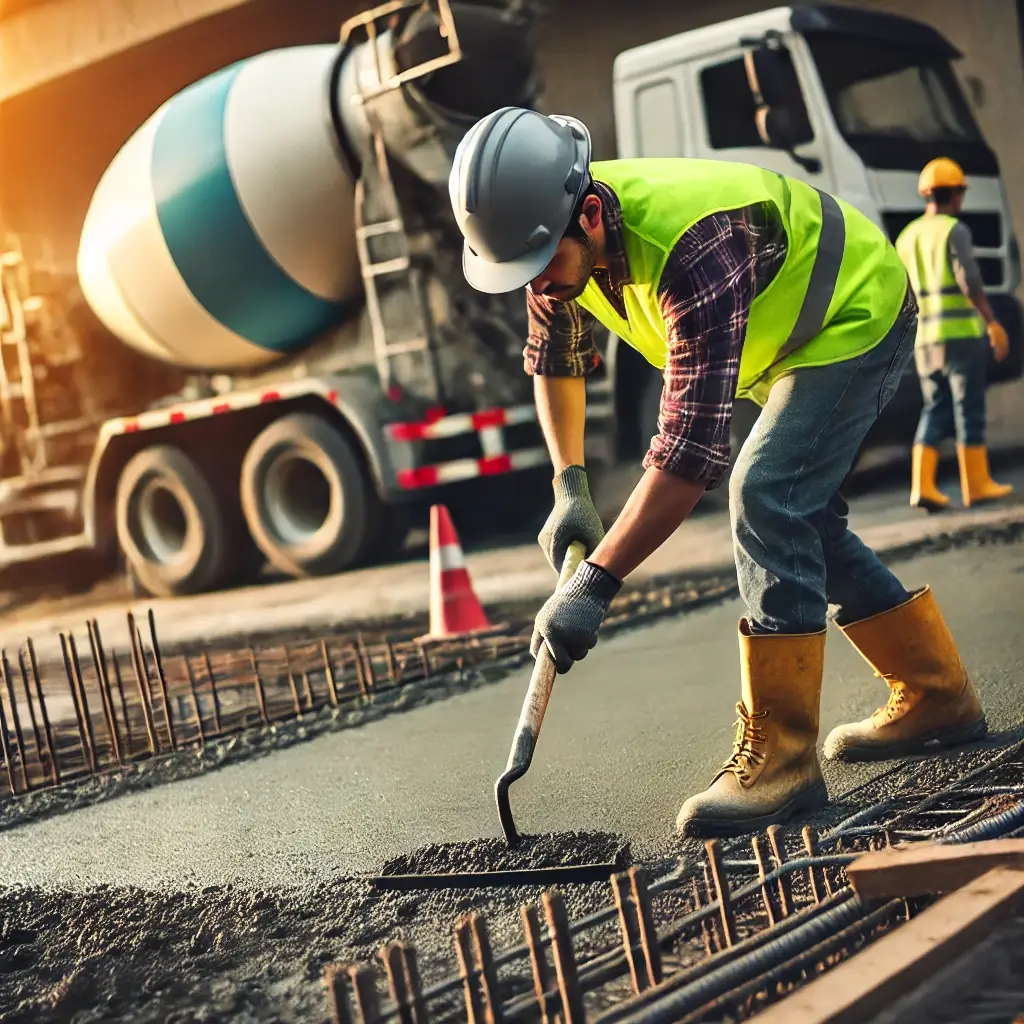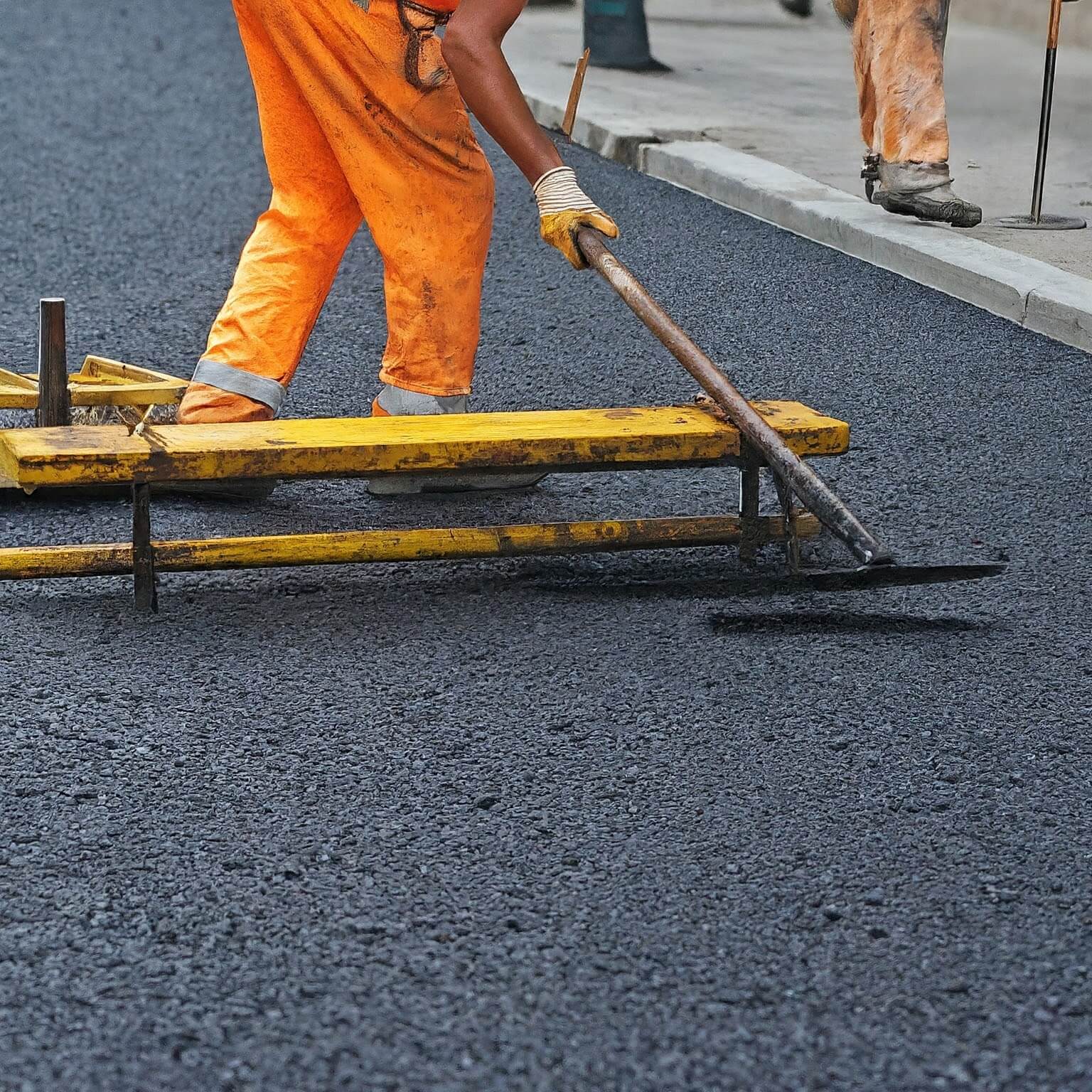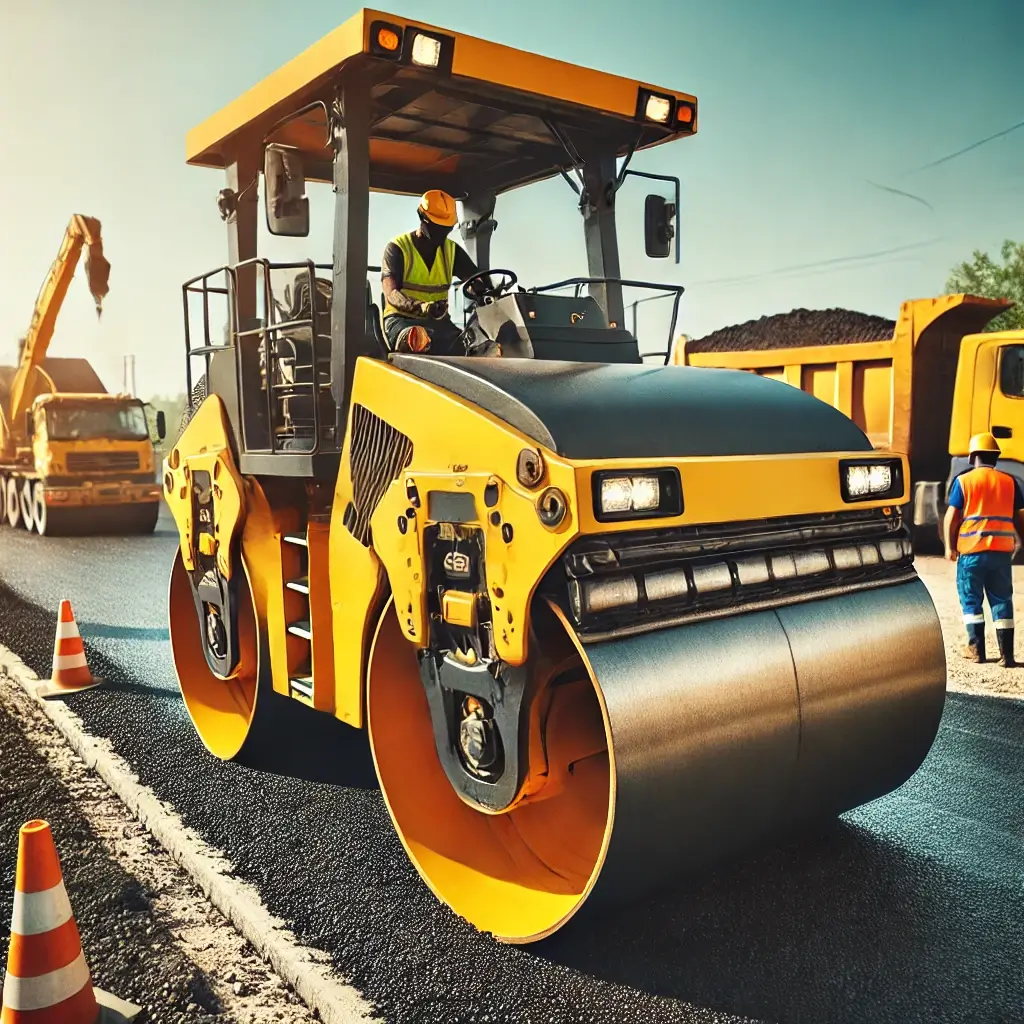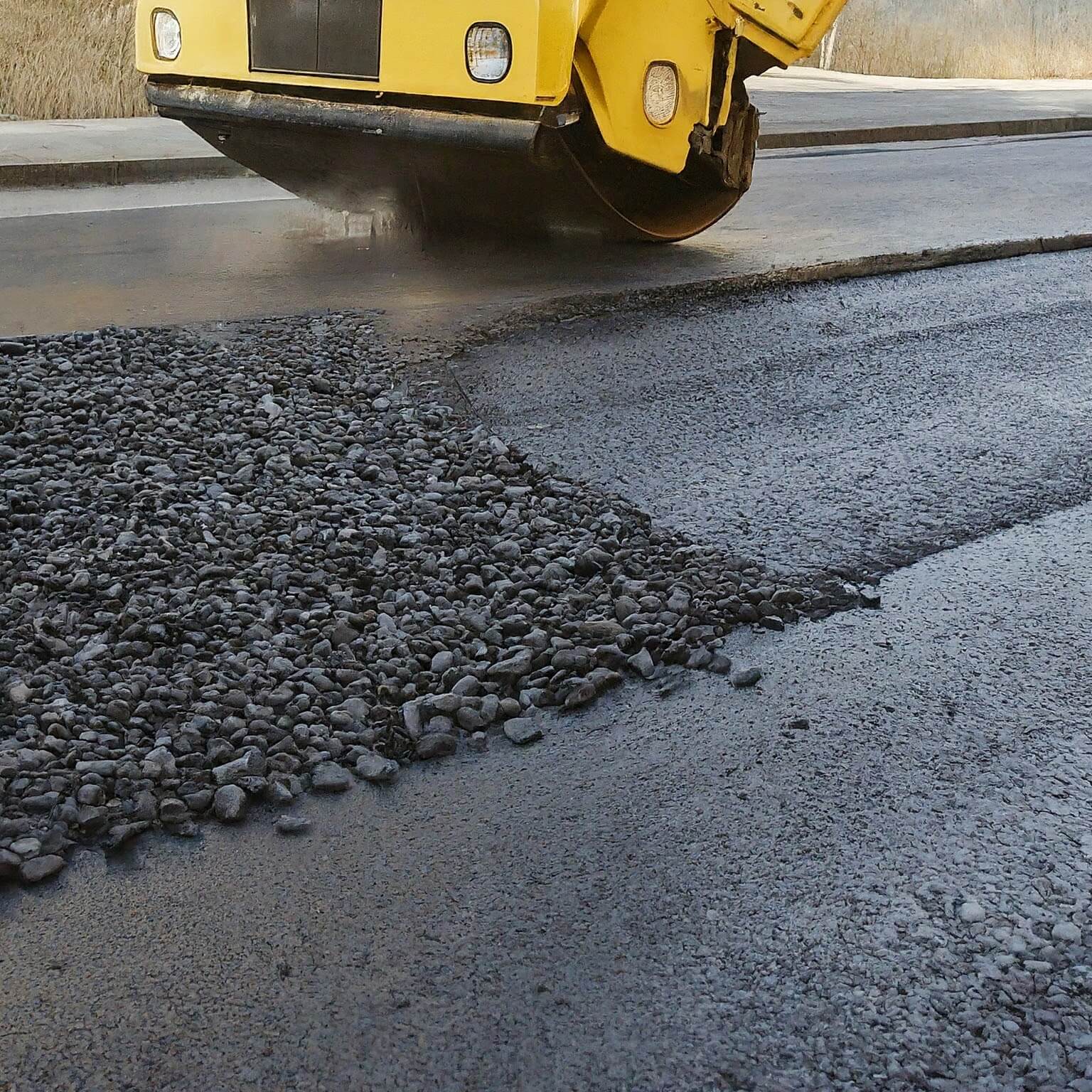6 Tips For Successful Asphalt Paving In Seattle
Seattle's weather is sometimes as unpredictable as a game of poker. One day, it's all about the sun, and the next, you probably have to run away from a heavy downpour that would make Noah start gathering animals.
This whimsical weather has not only a say in your plans for a picnic at Golden Gardens Park, but it can also affect your asphalt paving projects in a bad way.
Here are six of the most reliable strategies for dealing with the weather if you want your Seattle asphalt paving to be a huge hit someday.
1. Timing is Everything
Do you know how Seattleites always joke that summer doesn't start until July 5th? Well, there's a grain of truth in that jest, especially when it comes to Seattle asphalt paving Timing your project right can mean a difference between a smooth, durable surface and a cracked, uneven mess.
Ideally, you want to schedule your paving when temperatures are consistently above 50°F, and there's no rain in the forecast for at least 24 hours. We all know finding such a window in Seattle can feel like searching for a needle in a haystack. But trust us, it's worth the wait.
So what's the way forward? Be on the lookout for long-range weather forecasts and be ready to pounce when a perfect condition presents itself. But remember! Just because the weather is perfect does not mean it will stay that way. Prepare for anything just in case the weather changes abruptly.

2. Prepare Like a Pro
Have you ever tried to build a sandcastle on wet sand? It's a recipe for disaster, right? Well, the same principle applies to asphalt paving. Proper preparation is the bedrock of a successful paving job.
Start by thoroughly cleaning the area. Remove all debris, vegetation, and loose materials. If you're repaving an existing surface, ensure you repair any cracks or potholes. It might seem tedious, but think of it as giving your new asphalt a clean slate to work with.
Your next step should be preparing drainage systems. The infamous rains in Seattle can quickly turn your paved surfaces into a miniature lake if the waters are not channeled out properly. Ensure you slope the bases gently to encourage water runoff and prevent water clogging.
3. Choose Your Asphalt Wisely

Here's a little secret - not all asphalt is the same. Shocking, we know! The type of asphalt you choose can make a world of difference in how well your pavement stands up to Seattle's unique climate.
For our neck of the woods, you will want to look for a mix designed to handle frequent rainfall and temperature fluctuations. A polymer-modified asphalt mix can offer increased durability and resistance to water damage. It might cost a bit more upfront, but trust us, it will save you headaches (and dollars) down the road.
And while at it, avoid buying cheap materials to save a few coins. Have you heard the old saying, "Buy cheap, buy twice?" Well, it applies here. Get high-quality products now to avoid incurring repair costs after a short while.
4. Compact with Care
So, your asphalt is all in place, and it looks as if you have just laid a brand-new one. Well done, isn't it? Not so fast! The right compaction is the key to the durability of your pavement. It is as if you are tucking your asphalt into bed, ensuring it sleeps comfortably and peacefully.
Compaction helps to decrease air voids present in the asphalt, thus, improving its density and strength. This, in turn, increases its resistance to water penetration (a classic example is Seattle's rain!) and is also useful in preventing rutting and cracking.
Nevertheless, here's the snag - you must compact while the asphalt is hot. As soon as it cools down, no matter how many rolls you do, you will not get the same level of compaction.

5. Seal your Pavement
You wouldn't leave your beloved Seahawks jersey out in the rain, would you? Well, the same principle applies to your freshly paved asphalt. Sealing your pavement is like giving it a raincoat, protecting it from the elements and extending its lifespan.
Wait at least 90 days after paving before applying a sealant. This allows time for the oils in the asphalt to evaporate and the pavement to fully cure. Once you are ready to seal, choose a high-quality sealant that is designed for our climate. Apply it on a dry day when temperatures are above 50°F, and make sure there is no rain in the forecast for at least 24 hours.
6. Maintain Your Asphalt Pavement

Okay, last but not the least - maintenance. We know it is not the most exciting topic. But let us tell you, a little TLC can keep your pavement looking fresh and functioning well.
Regular inspections are key. Walk your pavement as though you were walking through Pike Place Market, looking for any indications of damage. Small cracks or holes? Fix them immediately before they become bigger problems.
Still, you have to keep the pavement clean. Regular sweeping allows you to remove debris that could damage the surface. And when winter comes (which it always does in Seattle), handle snow and ice removal with a lot of caution. Avoid using metal shovels and harsh chemicals that can damage your asphalt pavement.
Bottom Line
So there you have it - six asphalt paving success tips in Seattle. By timing your project flawlessly and, of course, showing your pavement some love through regular maintenance, these strategies will help ensure your asphalt stays intact no matter the plot twists of peculiar Seattle weather.
Remember, paving is not only about putting a black layer on the road and going out to play. This is a procedure that demands careful consideration, attention, and a touch of local wisdom. Still, if you have these tricks in your back pocket, you are on the path to successful paving.